I returned from a trip to Ireland enamored with the Irish brown bread that I was served all over the country. It has a dense crumb and a delicately sweet taste that is hard to resist. The brown soda bread that I enjoyed in Ireland wasn’t anything at all like the “Irish soda bread” I have seen in the United States with it’s white crumb and raisins, so I did a little research to learn more about the origins of true Irish soda bread. I discovered that traditionally, Irish soda bread has just four ingredients: whole wheat flour, salt, baking soda and buttermilk. It’s an extraordinarily easy quick bread. My recipe for Irish brown soda bread uses both whole wheat flour and all purpose flour, and I’ve added two more ingredients to the mix: butter for a little tenderness and molasses to enhance the naturally sweet flavor of the bread. Don’t misunderstand me, however. This is not a sweet bread for dessert. No – it’s a perfect dense bread that is perfect for a hearty sandwich, or alongside a bowl of Guinness Stew, or just a part of a good Irish breakfast of eggs, sausages and potatoes.
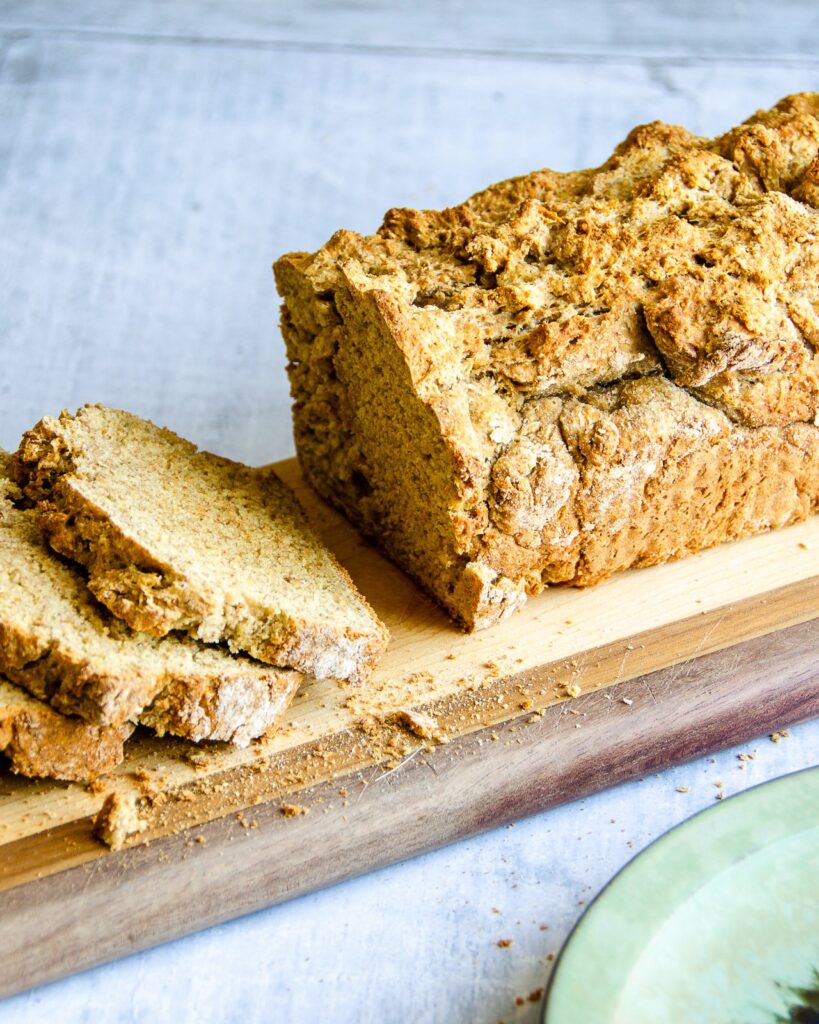
Because a little goes a long way with this dense loaf of bread, I like to bake it in a long, narrow loaf pan so that each cross section is a nicer, smaller size. If you choose to make this in a regular 1-pound loaf pan, it will be a different shape to the images above, and may take just a few extra minutes to bake.
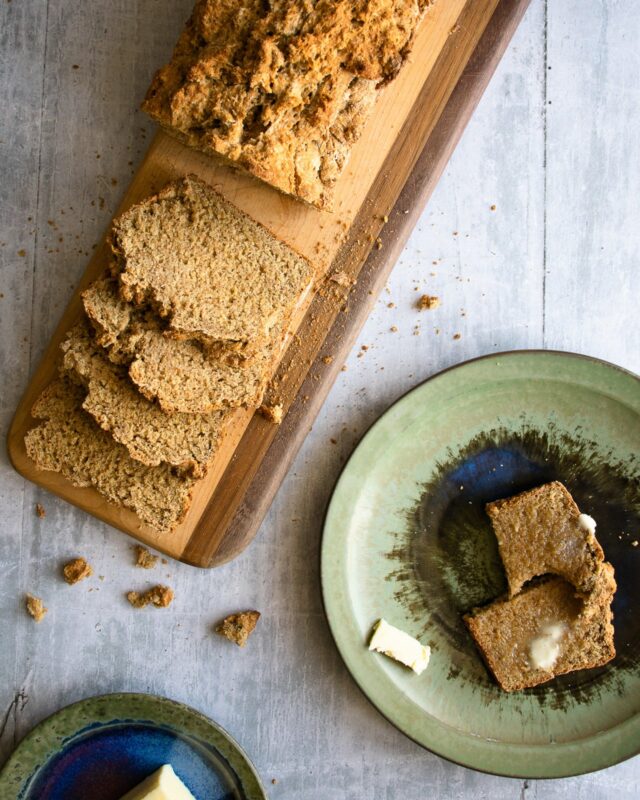
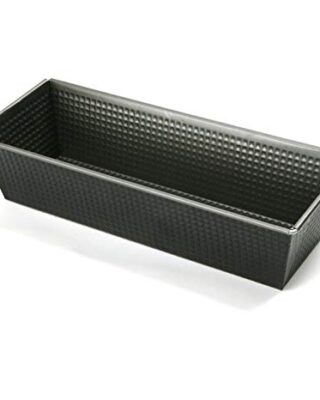
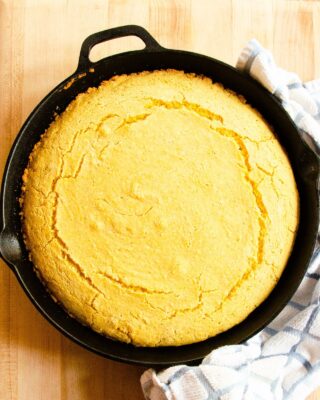
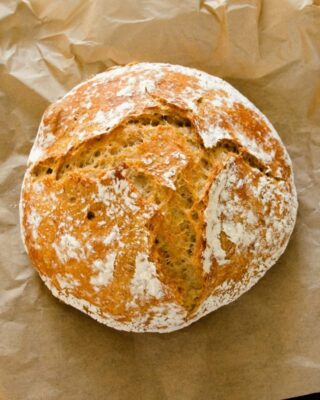
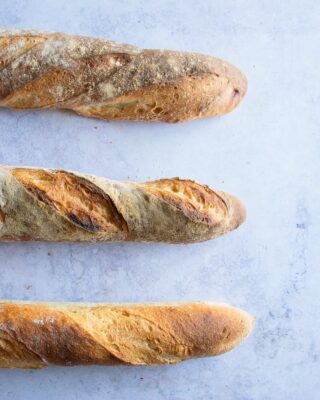
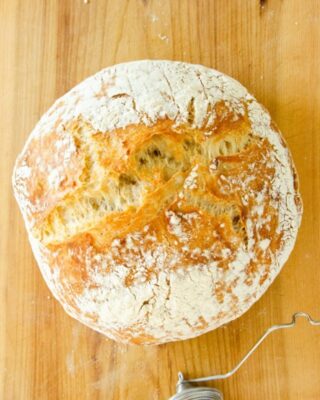
Just returned from Ireland & Scotland & loved this bread! Haven’t made it yet – will soon then post comments. Thanks for sharing this. Love the newsletter!
The Irish soda bread is absolutely delicious
Thank you
Great recipe! I’ve made it three times
and it turnEs out perfectly each time. My family and friends love it.
To confirm, you do not spray, butter or line the loaf pan with parchment?
No, I didn’t coat the pan with anything. I used a non-stick loaf pan and it came out beautifully.
Fantastic recipie! Just made it and it tastes like the bread I had on a trip to Ireland a few years ago. Thanks for sharing.
What kind of thermometer should I use to make sure the water is 110 degrees?
Use an instant read thermometer to check the water temperature.
What flour would you suggest to make it gluten free? Do you think oat flour would work? It looks delicious.
Yes, oat flour should work, although the texture will be different. I’ve made it with a mix of wheat flour and oat flour, but never 100% oat flour. Let me know how it turns out.
ML
Can this dough be shaped into a round and just baked on a cookie sheet?
Yes, absolutely.
ML
I am out of whole wheat flour. Could I substitute the whole wheat flour with all purpose flour?
Sure, Moira. I think you could give that a try. It’s easier to substitute ap flour for whole wheat, but harder the other way around. Start by adding only some of the buttermilk to the mixture because different flours absorb liquids differently. You may need less or you may need more.
ML
I have a 13 x 4 inch pullman pan. Would it work or would I need to try to increase the ingredients??
Hi Donna. I think you’ll be fine with the ingredients as written in that size loaf pan – thinner and longer than a regular loaf. It might just be a more shallow loaf. If you’re worried, I would do a 1.5 recipe. As always, make sure to check the loaf for doneness at the end of baking by inserting a toothpick into the center – it should come out clean.
One of the other comments asked about the water temperature….now I’m confused. I don’t see water in the ingredient listing. My batter turned out very dry and stiff, BUT I was out of a-p flour and used bread flour, so I’m going to try again with a-p flour. But maybe I was missing the ingredient of water?
Hi Linda. I often get comments on recipes that don’t necessarily refer to the recipe. 😄 There is no water in this recipe and yes, the batter is very stiff. Take a look at the video to see if yours looked the same. Bread flour will absorb more liquid than AP flour, so give it a try with the AP. No water. 😉
ML
This bread is amazing!!! I found out in the fall that I am allergic to yeast. Since then I have been on a journey to discover an amazing bread that I can use for sandwiches and as a side for stews and soup. This is the closest to yeasted bread and it’s delicious!! Thank you!!!
I love the slightly crunchy crust and the tender interior. I adjusted the amount of buttermilk due to the humidity or lack there of when I was baking it.
Enjoying it slathered in Irish butter with Irish tea.
I’m Irish, and your bread was superb
Looks fabulous with a cup of Irish tea
Excellent resapie I put my bread into a plastic bag after cooking and it helps to keep the crust soft jt
I’ve made this bread several times now and my housemate really love it. It’s become a once a week thing to make it. There’s a loaf cooling in the kitchen right now.